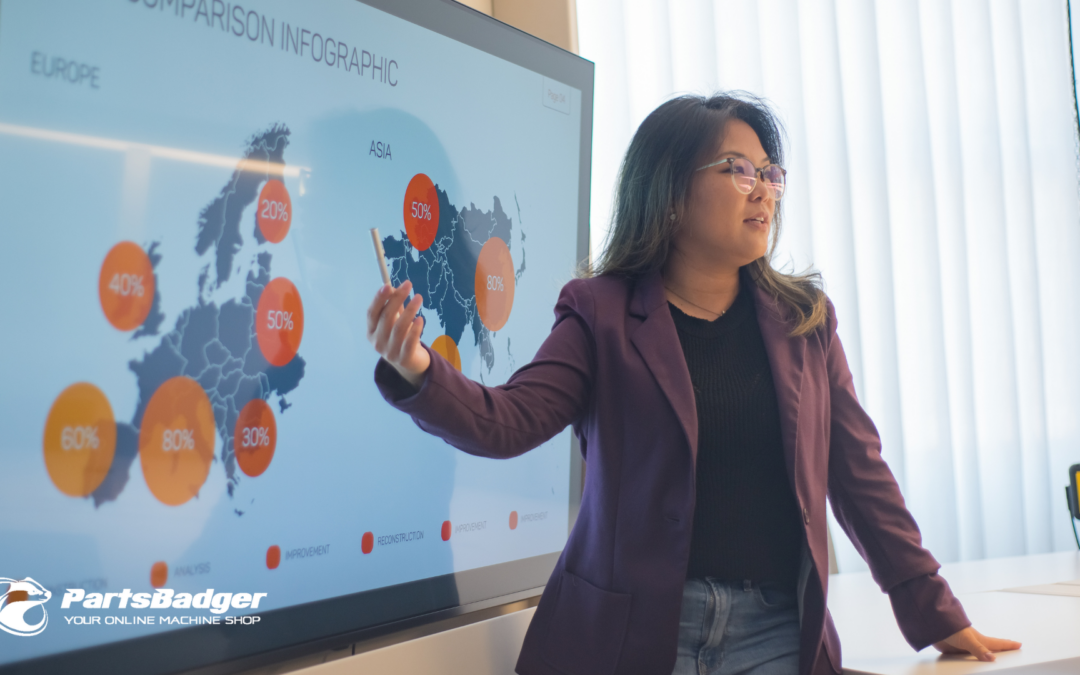Navigating Changes in Import Policies: What It Means for Your CNC Machined Parts Supply Chain
In a global manufacturing environment, changes to import policies can quickly ripple through your supply chain — affecting costs, timelines, and even the viability of certain vendors. For procurement teams and engineers alike, staying informed and adjusting your approach is key to maintaining project momentum and protecting production schedules.
Here’s what buyers and engineering teams need to know about import policies — and how to respond strategically.
How Import Changes Affect Raw Materials and Components
Recent shifts in trade policy, tariffs, and customs regulations are having a direct impact on the cost and availability of key materials used in CNC machining, including aluminum, stainless steel, and specialized components. Even minor changes in import classifications or duty rates can lead to unexpected cost increases and sourcing delays.
What this means for you: Whether you’re sourcing raw metals or pre-machined parts from overseas, policy changes can add new layers of complexity. It’s critical to work with partners who track regulatory shifts and can offer flexible sourcing options.
Why Shipping and Customs Lead Times Might Change
Beyond pricing, shipping logistics are also affected. Customs processing times may increase due to added documentation, new inspection requirements, or shifting trade routes. The result? Even when materials are technically “available,” they may take longer to reach your facility or production partner.
Considerations for buyers: Build in buffer time for international shipments and ask your suppliers about expected lead times under current conditions.
Considerations for engineers: Be prepared to revisit timelines, and if needed, adjust part specifications to accommodate available materials.
The Benefit of U.S.-Based Machining Partners
In times of global uncertainty, working with domestic CNC machining partners can significantly reduce supply chain risks. U.S.-based manufacturers typically offer faster delivery, easier coordination, and greater responsiveness when adjustments are needed mid-project.
Why it matters: While global sourcing may still make sense for cost or volume reasons, having a reliable domestic partner gives you a valuable safety net — especially for urgent or critical projects.
At PartsBadger, our U.S.-based operations provide flexible options and consistent communication, helping customers navigate uncertainty with greater ease.
Proactive vs. Reactive Supply Chain Management
The companies best equipped to handle shifting trade landscapes are those that plan ahead. This means forecasting material needs, staying up to date on policy changes, and establishing supplier relationships that allow for quick pivots when needed.
Proactive strategies include:
- Building stronger relationships with manufacturing partners
- Planning for alternate material options
- Discussing lead times and logistics during the quoting stage
When buyers and engineers work collaboratively — and early — with their suppliers, they can anticipate disruptions rather than react to them.
Take Control of Your CNC Supply Chain Strategy
Adapting to changing import policies doesn’t have to mean compromising on delivery or quality. With the right supplier relationships and proactive planning, your team can navigate uncertainty with confidence.
At PartsBadger, we monitor global shifts in trade and logistics so our customers don’t have to — helping them maintain project flow, avoid surprises, and keep costs under control.


Recent Comments